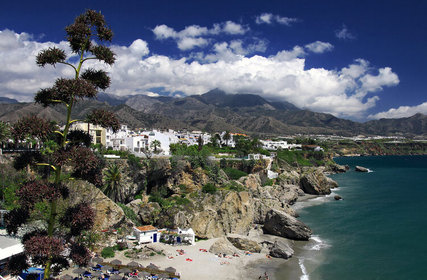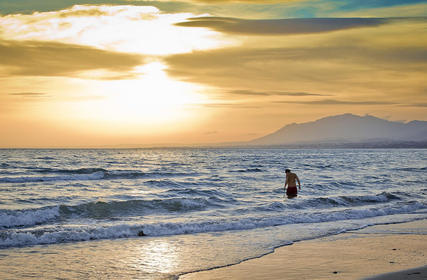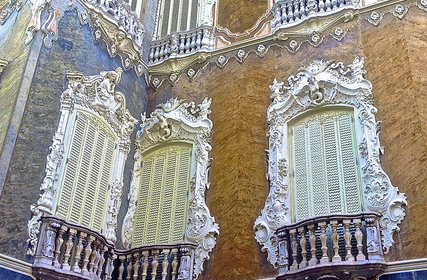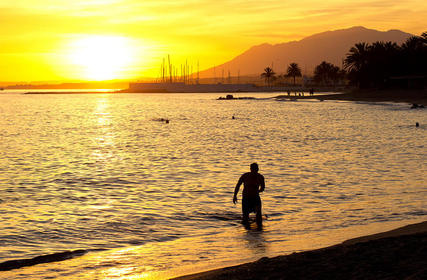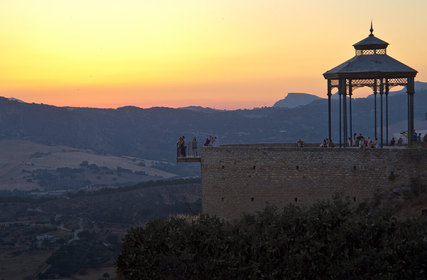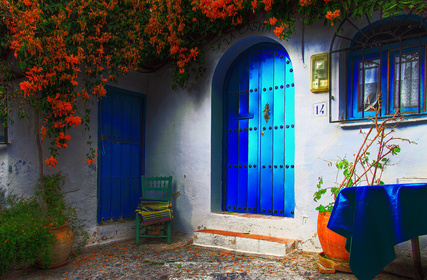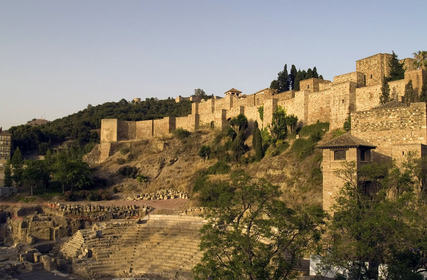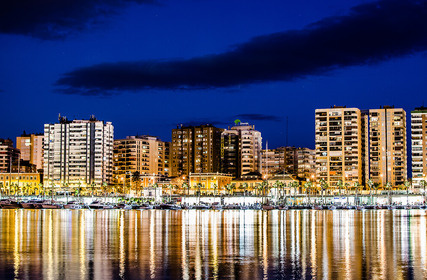Málaga is the sixth largest city in Spain and the capital of the popular Costa del Sol region in southern Spain.
As the second most populous city in Andalucia, Málaga is an appealing destination for tourists who visit to enjoy the pretty churches, ancient ruins, delicious food and excellent beaches.
What to see
Artist Pablo Picasso was born in Málaga and the city is proud of its link with him. Don’t miss a visit to the small Museo Picasso that displays over 250 of his works mostly donated by his family. We recommend using the free audio guide for commentary in 9 languages, and if you visit on a Sunday admission is free for the last two opening hours. The museum has a lovely caféteria in a courtyard shaded by orange trees and you can also go down into the basement of the building to see ancient Phoenician excavations.
El Teatro Romana originates from the 1st century A.D and is one of the only surviving Roman ruins in Andalucia after years of civil wars and construction. You can learn about the history of the site and excavations at the visitors center and in summer months the amphitheâter hosts open air concerts and poetry readings.
Admire wide views over the city and woods from Castillo de Gibralfaro, a 10th century fortress where you can walk along the ramparts that link the castle with the gardens of the Alcazaba. The site has a military museum and you receive free admission after 2pm on Sundays.
What to do
Grab your camera and head to the stunning La Manquita cathedral in the heart of the city just off Málaga’s main shopping street, Calle Larios. The wooden statues of saints in the choir stalls are particularly impressive and you may be lucky to hear the 17th century organs in practice during a town mass. Afterwards, head to the Cistercian Abbey of Santa Ana on Calle Cister and buy some mantecados (aniseed biscuits) from the nuns to enjoy in a quiet square.
Plant lovers should head to the Jardín Botánico-Histórico La Concepción, Málaga’s beautiful Botanical Gardens with over 2000 species of trees and plants including palms, exotic plants, flowers and fruit trees. Roam the tropical forest paths or sit beside a pond dotted with water lilies and overhanging with Chinese wisteria and orchids.
Join the locals at merienda time (between 5pm-7pm) and park up at a beach bar for espeto de sardinas (grilled sardines) washed down with a glass or two of Málaga’s sweet wine.
Nearby things to see and do
Given its location on the southern Spanish border, Málaga is within driving distance of some great day trip destinations.
Just over 100 kilometers from Málaga is the unspoilt Parque Natural de la Sierra de las Nieves, a mountainous region popular for hiking and home to many species of flora and fauna like pines, fir trees, deer and mountain goats. The area is sprinkled with white-washed villages rich in cultural heritage and locals who are happy to share their livelihoods in chestnut gathering, pottery making and olive harvesting.
Drive 45 minutes north of Málaga to the town of Antequera, overlooked by the 14th century Alcazaba fortress and notable for its megalithic Dolmens. Antequera is also a good town to seek out polvorones (almond shortbread made with lard) that are sold year round but mostly eaten at Christmas.
Pack some snacks and fill up the fuel tank before you head to Granada, 125 kilometers northeast from Málaga. You won’t regret it as soon as you reach the huge Alhambra with amazing gardens and architectural styles; don’t miss the Nasrid Palace with beautiful Islamic art and carvings.




